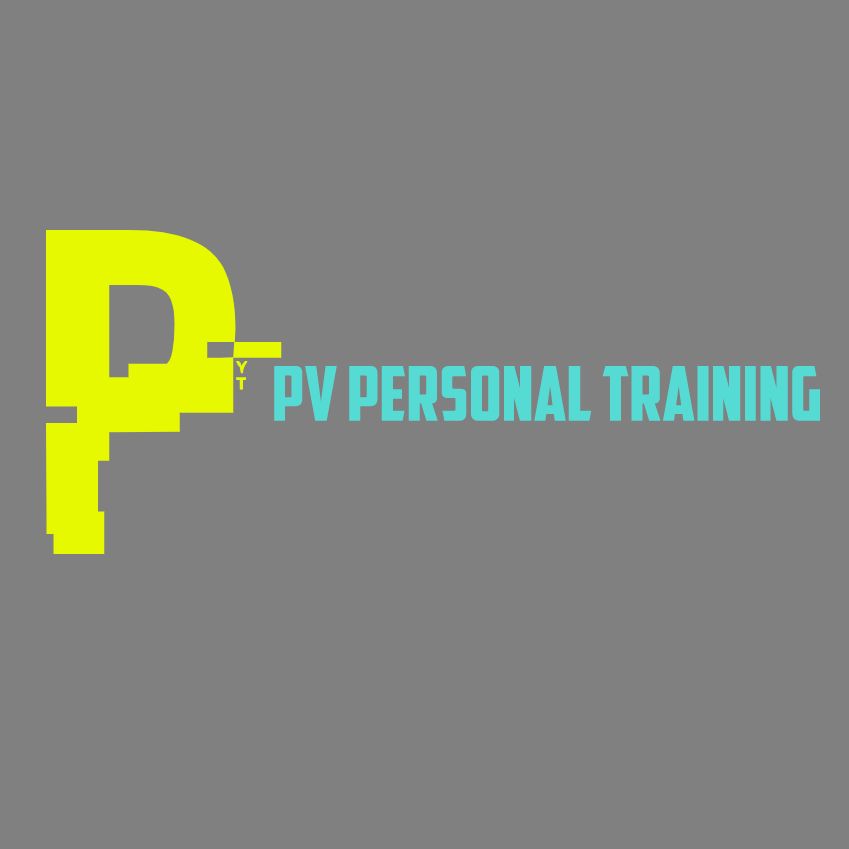What kind of stretching is best before and after your training?
- Pav Valkov

- Sep 4, 2020
- 2 min read
Updated: Oct 14, 2024
Dynamic stretching at the beginning of your training
Dynamic stretching is a type of stretching that involves active movements of the muscles and joints to gradually increase the range of motion. It helps increase blood flow to the muscles, elevate heart rate and body temperature, and activate the nervous system, all of which contribute to improved muscle performance and reduced risk of injury during physical activity. It differs from static stretching, where you hold a stretch in one position for a period of time, normally used at the end of the session. Dynamic stretching is typically used as part of a warm-up routine before exercising to prepare the body for movement and reduce the risk of injury.
Static stretching after training
Static stretching passively takes a muscle to the point of tension and holds the stretch for a minimum of 30 seconds. This is the traditional form of stretching that is most often seen in fitness today. It combines low force with longer duration. Holding the muscle in a stretched position for a prolonged period stimulates the Golgi tendon organ and produces an inhibitory effect on the muscle spindle (autogenic inhibition). This allows the muscle to relax and provides for better elongation of the muscle. In addition, contracting the antagonistic musculature while holding the stretch can reciprocally inhibit the muscle being stretched, allowing it to relax and enhancing the stretch. For example, when performing the kneeling hip flexor stretch, an individual can contract the hip extensors (gluteus maximus) to reciprocally inhibit the hip flexors (psoas, rectus femoris), allowing for greater lengthening of these muscles. Another example is to contract the quadriceps when performing a hamstring stretch.
Using foam roller before and after training in combination with dynamic and static stretching
When someone uses foam roller (self-myofascial release), it’s crucial to find a tender spot (which indicates the presence of muscle hypertonicity) and sustain pressure on that spot for a minimum of 30 seconds. It may take longer, depending on one’s ability to consciously relax. Self-myofascial release is ideal before stretching because breaking up fascial adhesions (knots) may potentially improve the tissue’s ability to lengthen through stretching techniques. It can also be used during the cool-down process.
NB: If you combining foam roller with dynamic or static stretching always use the roller first!

Comments